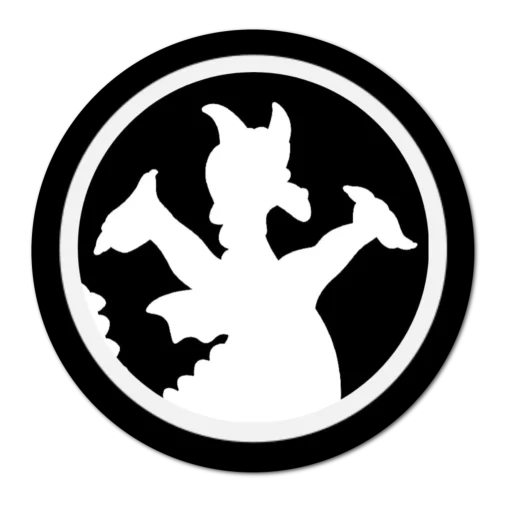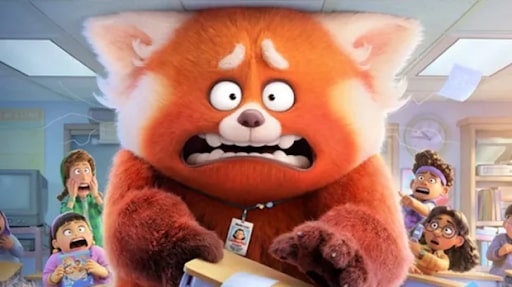(A version of this article was shared with Laughing Place and published on February 8, 2024.)
Disney-Pixar’s Turning Red defied the odds in beating out a streaming-only release to Disney+ to become one of the most popular recent releases in the Disney umbrella. After being nominated for Best Animated Feature Film at the 80th Golden Globe Awards and 95th Academy Awards, The film set in 2002 Toronto is finally is getting the big screen treatment.
To celebrate the long-awaited February 9th debut of Turning Red in theaters (as well as Disney’s Lunar New Year celebration), enjoy a few fun facts about Pixar’s coming-of-age film.
Director Domee Shi
The success of any film starts and stops with the talent and imagination of the director. In the case of Turning Red, the time, place, and theme of the film were a perfect fit for Canadian film director and screenwriter Domee Shi.

Shi’s Pixar story began in 2011, when she started working for the company as a storyboard artist. In her first role, she contributed to several blockbuster films, including Inside Out (2015), Incredibles 2 (2018), and Toy Story 4 (2019).
As a “side project”, Shi directed the 2018 short film Bao – an intensely emotional thought-provoking tale exploring the relationship of a parent and their growing child, told through the lens of Canada’s Chinese immigrant community. With Bao, Shi won an Academy Award for Best Animated Short Film, becoming the first woman of color to win the award.
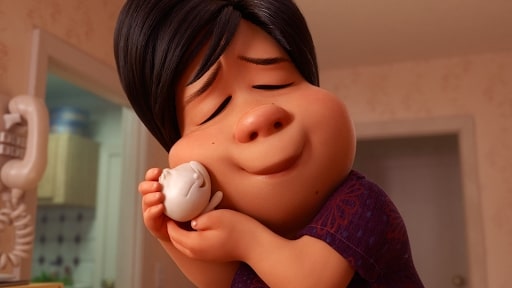
When Pixar moved forward with Turning Red, they drew on Shi’s talent and Chinese heritage, handing her the director’s helm – making Shi the first woman with sole director’s credit on a Pixar feature film.
When Turning Red became the number one streaming title on Disney+, Shi was rewarded with a promotion to vice president of Pixar’s creative department, alongside peers Andrew Stanton, Peter Sohn, and Dan Scanlon.
Red Pandas
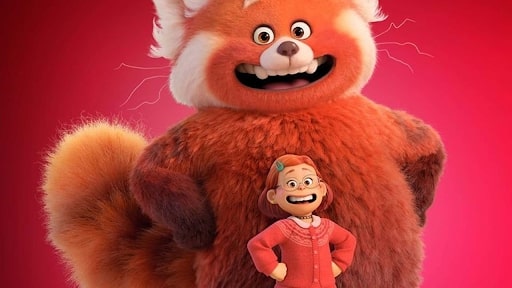
Have you wondered why a red panda is Shi’s animal of choice in Turning Red? The director explained some of her rationale for employing the oversized panda, telling the New York Times “I couldn’t get the image of a red panda out of my head because it’s so cute and funny, especially if you blow it up to, like, eight feet tall.” Shi continued “There’s something about the color, too. Red represents your period. It represents being angry, being embarrassed, or being very lustful for someone.” All of these themes play heavily throughout the film.
But beyond the connotations of the color red, Shi has gone on to explain the fluffy bear as “native to China,” being “red and white, like Chinese but also like the colors of the Canadian flag, too. So it felt like the perfect animal to tell this story about this Chinese Canadian teenage girl.
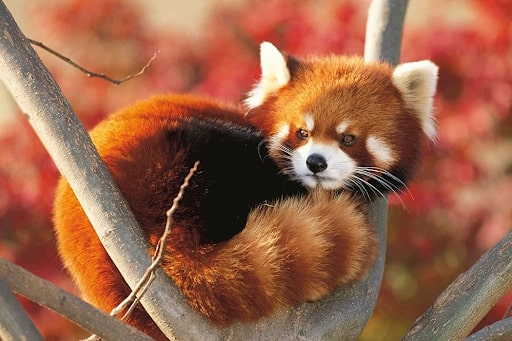
It’s worth noting that Mei, the hero of the story (and unwitting panda) wears mostly red clothing – a sign of where her journey will take her throughout the film, and beyond. Contrary to Mei’s red clothing – her mother Ling, her grandmother, and her aunts all wear green, evoking the feeling of a united team fighting a common foe. Green was chosen because it is opposite to red on the color wheel, contrasting appropriately with the inner red panda they all have faced in their family history.
Boy Bands
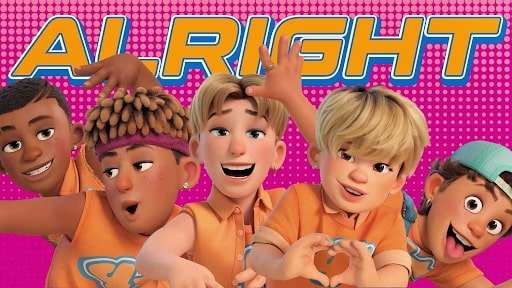
No teen-centered film set in the 1990s or early 2000s would be properly told without acknowledging the hysteria that was that era’s boy band craze. Groups like *NSYNC, Backstreet Boys, and 98 Degrees had taken over the Billboard charts. In creating 4*Town – the fictional boy band in Turning Red that Mei and her friends are obsessed with – production writers sought inspiration from the biggest names of the era.
Like many boy bands, 4*Town includes five members (much to the dismay of Mei’s mom – a compulsive math nerd who can’t justify a name/number mismatch). The band name alone evokes that of groups like *NSYNC, 5ive, and O-Town. 4*Town’s poster art for Turning Red promotion shares an uncanny resemblance to NSYNC’s eponymous debut album. During their Toronto concert, 4*Town wears white outfits similar to those worn by the Backstreet Boys in their “I Want It That Way” music video (and it also matches up closely with their Millennium album cover). Even the “bird cage” set which opened 4*Town’s concert was a not-so-subtle reference to *NSYNC’s No Strings Attached album cover, trading *NSYNC’s marionette strings for bird cage covers.
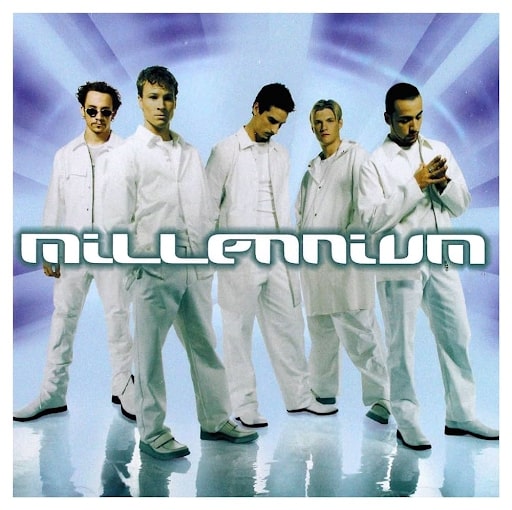
While 4*Town’s look and sound was inspired by the epic boy bands of the 1990s and 2000s, the music for Mei’s favorite band was created by Billie Eilish and her brother Finneas (who also voiced one of the members of the group).
I Love the 90s!
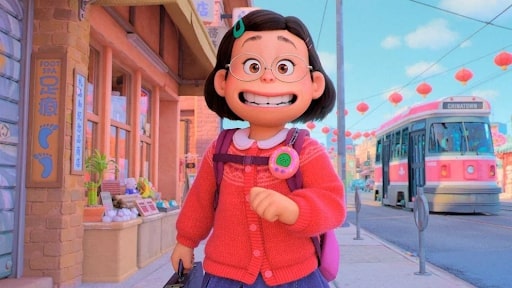
Boy bands weren’t the only millennium-era gems to come out of this film. References to this unforgettable period in not-so-recent history are aplenty throughout the film. Mei’s Tamagotchi puts an instantly recognizable timestamp on the film. These tiny virtual pets encased in bright shiny plastic were all the rage in the 1990s, beeping and buzzing whenever they needed attention (which was quite often). Trivia Tidbit: Mei named her Tamagotchi “Robaire, Jr.” after one of the members of 4*Town.
Look closely at Mei’s flute case for a “Y2K – A’OK” sticker. This is a clear reference to that oddly panicked moment in time when many thought the turn of the millennium would send every computer, digital file, and CD-player into a tailspin.
Two red panda statues are proudly perched outside Mei’s family temple. Early on in the film, during an intro montage into Mei’s daily life, Mei happily greets them as Bart and Lisa – a nod to two characters from the iconic Fox show The Simpsons. While the animated classic has been running strong for 35 seasons (and counting), the heyday of the show peaked in the late 1990s. Of course, the fact that Disney acquired Fox in March 2019 may have a little something to do with this prominence pop culture reference.
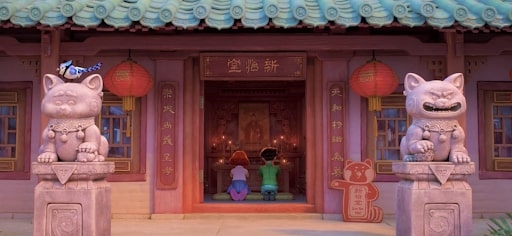
Priya – one of Mei’s best friends (with an amazing head of hair!) – can be seen carrying a book called Nightfall. The name, font, and cover image are all clearly referencing Stephanie Meyer’s Twilight series of vampire romance novels that were runaway bestsellers and spawned a whole movie franchise.
Easter Eggs
Everyone likes to find the hidden Pixar Easter Eggs in each film. Sometimes they’re easy, but usually they are quite difficult to spot. The Pixar ball – the one that’s yellow and blue with a red star – can be spied floating in the pool at Tyler’s birthday party. The other most consistent Pixar Easter Egg is the Pizza Planet truck from the Toy Story franchise. In Turning Red, you can spot the truck in downtown Toronto as Mei (in red panda form) races towards the SkyDome to get to the 4*Town concert.
The famous Pixar A113 Easter Egg is a reference to an animation classroom at the California Institute of the Arts where many of Pixar’s original animators learned their craft. A113 appears in every Pixar film, and Turning Red is no exception. In fact, it appears twice in the film – once as a seat number on a ticket for the 4*Town concert, and also on the chalk lining machine Mei’s father uses to draw a circle around Ming inside the SkyDome.
Oh, Canada!
We wouldn’t be doing Turning Red justice if we didn’t explore the fun references to Toronto and Canada found throughout the film.
We mentioned Tyler above. He’s that kid who is so desperate to be popular that he pays Mei to attend his birthday party as a panda to attract a huge crowd. We later find out he’s a secret fan of 4*Town, when Mei and her friends find him at the concert. At one point in the film, Tyler is seen wearing a sleeveless jersey with the number 15. This is a reference to Vince Carter, who wore the number 15 when he played for the Toronto Raptors. Carter is one of the best players in the team’s history – playing with the Raptors from 1998-2004, making the NBA All-Star Team five times during that period.
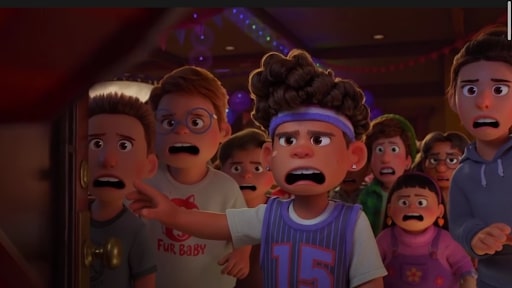
We’ve also mentioned SkyDome already. When it opened in 1989, the indoor/outdoor stadium with the retractable roof was the cutting edge in sports stadium architecture and technology. It was renamed the Rogers Center in 2005, and has since faded in stature compared to many newer retractable dome stadiums that have opened since. At the end of the movie, we see a blue jay – the mascot for the Toronto Blue Jays baseball team – perched in front of the damaged SkyDome (you can also see a blue jay perched on the Bart/Lisa statue a couple images back in this article).

If “America Runs on Dunkin’,” then Canada runs on Tim Hortons. References to the ubiquitous Canadian coffee/bakery/restaurant chain can be spotted multiple times throughout the film, usually on a box of donuts. A more visible nod to a smaller Canadian chain can be seen much more easily. Daisy Mart – the convenience store in Mei’s neighborhood where Devon works – can be found throughout the Toronto area.
If you know your Canadian history, you’ll recognize the name of Mei’s middle school. The Lester B. Pearson Middle School is named for Canada’s 14th Prime Minister.
No conversation about Canada is complete without the great sport of hockey. Carlton the Bear – the mascot for the Toronto Maple Leafs – appears in the film as a plushie on Mei’s desk.
Lastly – the ultimate Canadian symbol – the maple leaf – is adorably displayed in red on Mei’s white ring t-shirt.
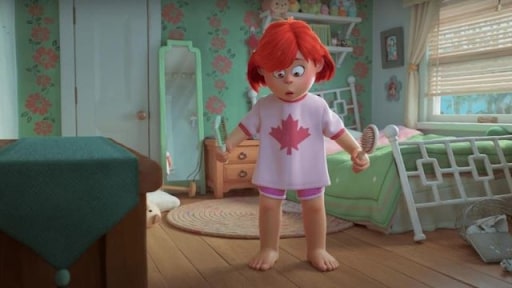
Turning Red is Worth the Wait
Disney-Pixar’s Turning Red is finally receiving the theater experience it deserves with its February 9, 2024 release. Will you be visiting your local movie theater to experience Turning Red as it was meant to be seen? If you want to catch a glimpse of some of the many Disney and Pixar nods tucked into the film, you’ll do well to see it on a much bigger screen!
The 2020 Pixar film Soul recently made its long-over theater release, and the 2021 film Luca gets back on the big screen on March 12, 2024. Check out our Five(ish) Fun Facts pieces to celebrate all three of these wonderful films.
Join the conversation on social at:
Sources:
